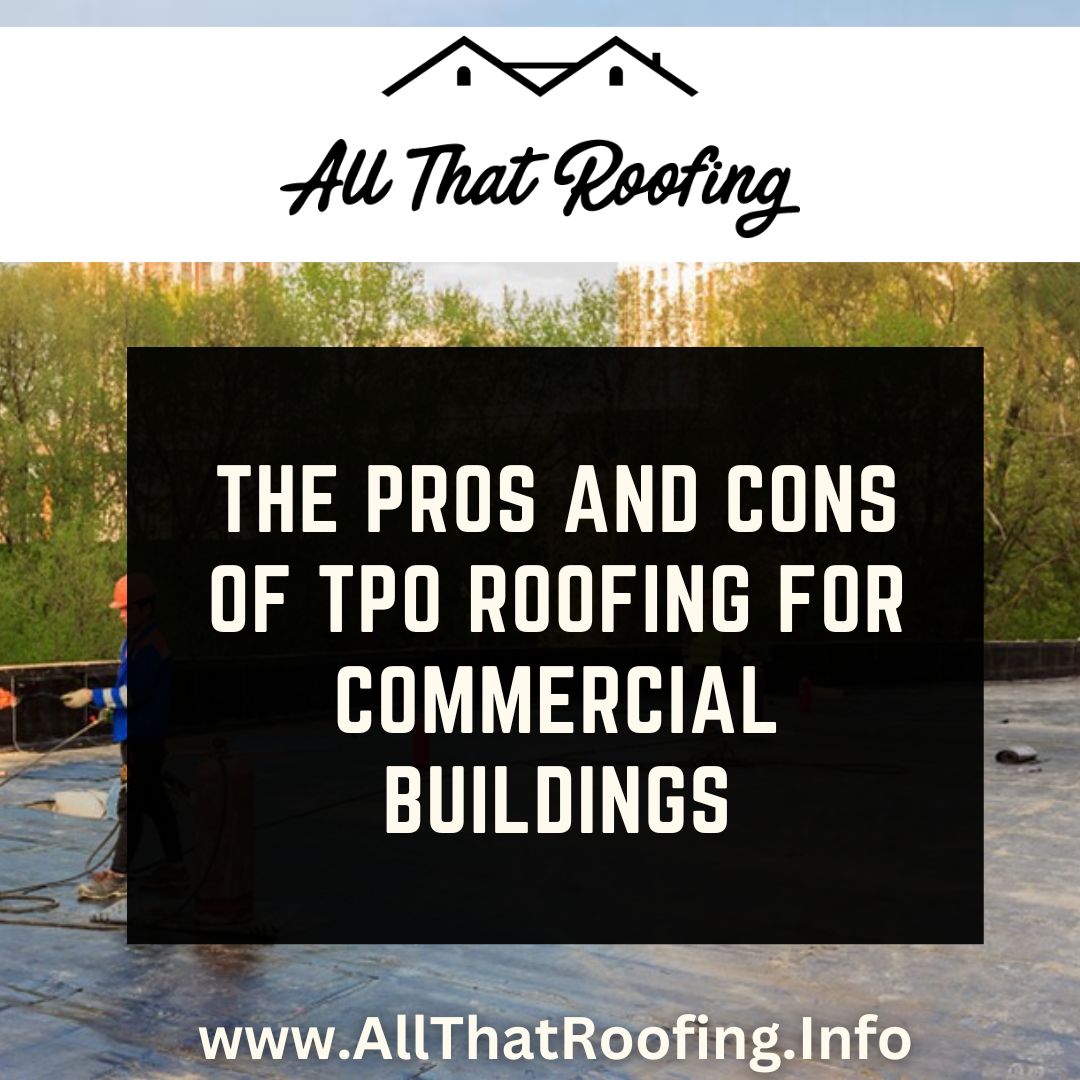When it comes to commercial roofing, TPO (Thermoplastic Olefin) has been gaining popularity over the years. It is a roofing material that is made from a blend of polypropylene and ethylene-propylene rubber. TPO roofing has been a preferred choice for many building owners and managers due to its unique features and benefits. In this article, we will explore the pros and cons of TPO roofing for commercial buildings, helping you make an informed decision.
Pros of TPO Roofing:
1. Cost-Effective:
One of the main advantages of TPO roofing is that it is cost-effective. Compared to other roofing options, TPO is an affordable alternative, making it an ideal choice for commercial buildings with a tight budget. Additionally, TPO roofing requires less labor during installation, which further reduces costs.
2. Durability:
TPO roofing is durable and can last for up to 20 years with proper maintenance. It is resistant to UV rays, ozone, and chemical exposure, making it ideal for harsh weather conditions. Moreover, TPO roofing can withstand high winds and heavy rainfall, which is critical in commercial buildings.
3. Energy-Efficient:
TPO roofing has reflective properties that help reduce energy consumption. It reflects sunlight and heat, keeping the building cooler and reducing the load on the HVAC system. This makes TPO roofing an ideal choice for commercial buildings that want to reduce their energy bills.
4. Easy to Install:
TPO roofing is easy to install and requires less labor than other roofing materials. It comes in large sheets that can be welded together to form a seamless membrane. This makes installation quick and efficient, reducing downtime for the building.
Cons of TPO Roofing:
1. Long-Term Performance:
While TPO roofing is durable, it may not have the same long-term performance as other roofing materials such as PVC or EPDM. TPO roofing can shrink and become brittle over time, which can lead to cracks and leaks. This can be mitigated by proper maintenance and regular inspections.
2. Chemical Exposure:
Although TPO roofing is resistant to most chemicals, it can be damaged by certain substances such as oils, greases, and fuels. This can be a concern for commercial buildings that store such materials on the roof.
3. Limited Color Options:
TPO roofing has limited color options compared to other roofing materials. It typically comes in white, gray, and tan, which may not be suitable for some building designs or aesthetics.
4. Limited Thickness Options:
TPO roofing has limited thickness options, which can affect its durability and performance. Thicker membranes are more durable but may not be cost-effective for all buildings.
The Last Word
TPO roofing has unique advantages and disadvantages that should be carefully considered before making a decision. While it is cost-effective, durable, energy-efficient, and easy to install, it may not have the same long-term performance as other roofing materials. Additionally, it can be damaged by certain chemicals, has limited color and thickness options, and may require regular maintenance.
Overall, TPO roofing is a viable option for commercial buildings that want an affordable and energy-efficient roofing system. However, it is important to consult with a roofing professional to determine if it is the best option for your building based on its design, location, and usage.
If you are interested in a TPO roofing estimate for your commercial building, contact All That Roofing today for a FREE estimate >> 317 – 460 – 1191, fill out the form to the right or email us at info@allthatroofingin.com.

